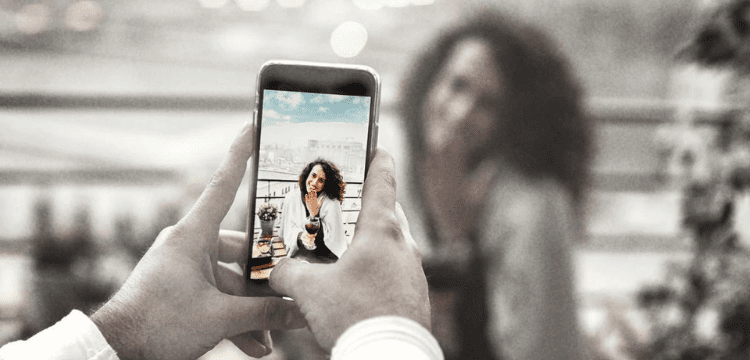[vc_row][vc_column][vc_column_text dp_text_size=”size-4″]When we want to share photos with friends and family, most of us turn to social media. It’s extremely convenient because you can show everyone your pictures with the click of a button. In any case, it’s a lot easier than setting up group chats or, worse, sending images via email.
When attaching images to emails, you run the risk of receiving the dreaded “Your file sizes are too large” message. Nobody wants to waste time editing and resizing photos that they’d rather share with a few clicks of their fingers. Fortunately, we discovered a few simple solutions. Here are five methods for sharing files that are too large to email.
Sending someone a photo you took in public? It’s not a big deal. What if you send picture after picture from the same location? Anyone with access to this information now knows where you live.
Here’s how to stop oversharing
To stop location sharing on iPhone:
- Open the image you want to share and tap the share button (it looks like a square with an arrow pointing up).
- Next, select Options, and toggle off Location.
- It’s a pain to do this for every picture, so you can also disable this location tracking in your camera altogether.
- Open the Settings app.
- Tap on Privacy > Location Services.
- Scroll down and tap on Camera, then select Never.
- Open your gallery, select the photo,
- Go to Details (it may be a three-dot menu) and click Remove location data.
To disable your location from photos for good, do this:
- Open the Camera app’s settings.
- Turn the location setting off.
There’s a problem with sharing pictures on social media: Constant privacy invasions. Creeps from every corner of the globe can crawl down your page and save your pictures. Even if you privatize your page, it’s exposed to the world if the platform gets breached. That’s why you should try one of these private ways to share photos.
Cloud Storage services
If you already use cloud storage services like Dropbox, Google Drive, or Microsoft OneDrive to back up your photos, you can use these programmes to create shared folders. While certain groups of invitees can view and add to the contents of these folders, no one else can. This option is simple and effective, but if you exceed your free storage quota, you may need to pay for additional storage space.
Dropbox excels at sharing folders. Start by creating a folder of the pictures you plan to share. Open this folder in the web interface, click Share, and enter other people’s email addresses to invite them to join. When they receive your invitation, they can sync the folder to their own Dropbox if they have an account, or view the pictures in a web browser if they don’t. You get 2GB of space for free, and after that, you’ll have to pay to gain more space—2TB of storage costs $120 a year.
Google Drive works along similar lines. Open a folder in the web interface, click on the folder’s name at the top of the page, and choose Share. As with Dropbox, you can invite others via email, and they can then access the folder through their own Google Drive accounts or by viewing the folder in a web browser. Google gives you 15GB, shared between Drive, Photos, and Gmail, for free. If that’s not enough, you can pony up for upgrades, which start at $2 a month for 100GB of space.
Shared Email inboxes
The primary benefit of email is that it works everywhere (on laptops and phones of all types) and for everyone (even those without a Facebook account or a smartphone can use an email address). So set up a shared inbox and grant a small group of people access to the log-in information, allowing members to add or view image-laden emails from any device or location.
To begin, create a new email account with your preferred service. Then, with your trusted friends, share the login information, preferably through word of mouth so it cannot be hacked. To add new pictures, simply send an email to the new address, attach one or more photos, and include descriptions in the subject headers and body text.
This option lacks the organisation and editing tools offered by Apple Photos and Google Photos, but it is simple, effective, and widely available to less tech-savvy users. You can also BCC your personal email address when sending messages to the shared account, safely backing up all of the images.
Also Read: WhatsApp’s introduces exclusive feature for iOS only[/vc_column_text][/vc_column][/vc_row]











